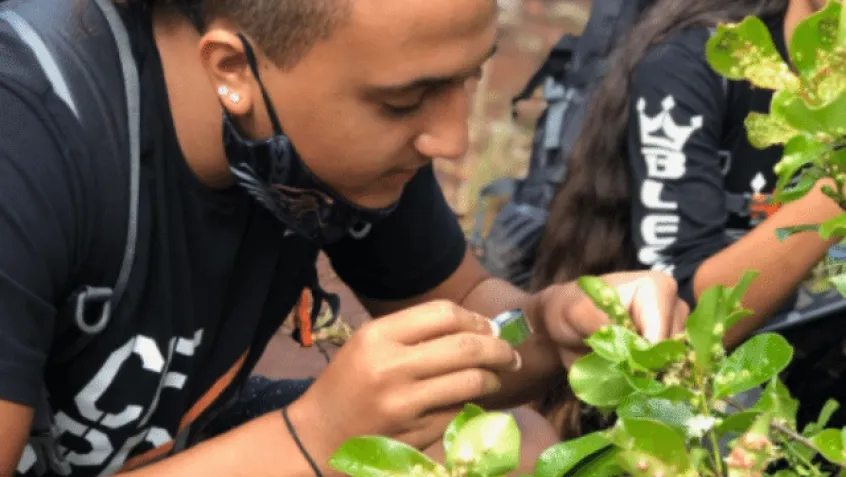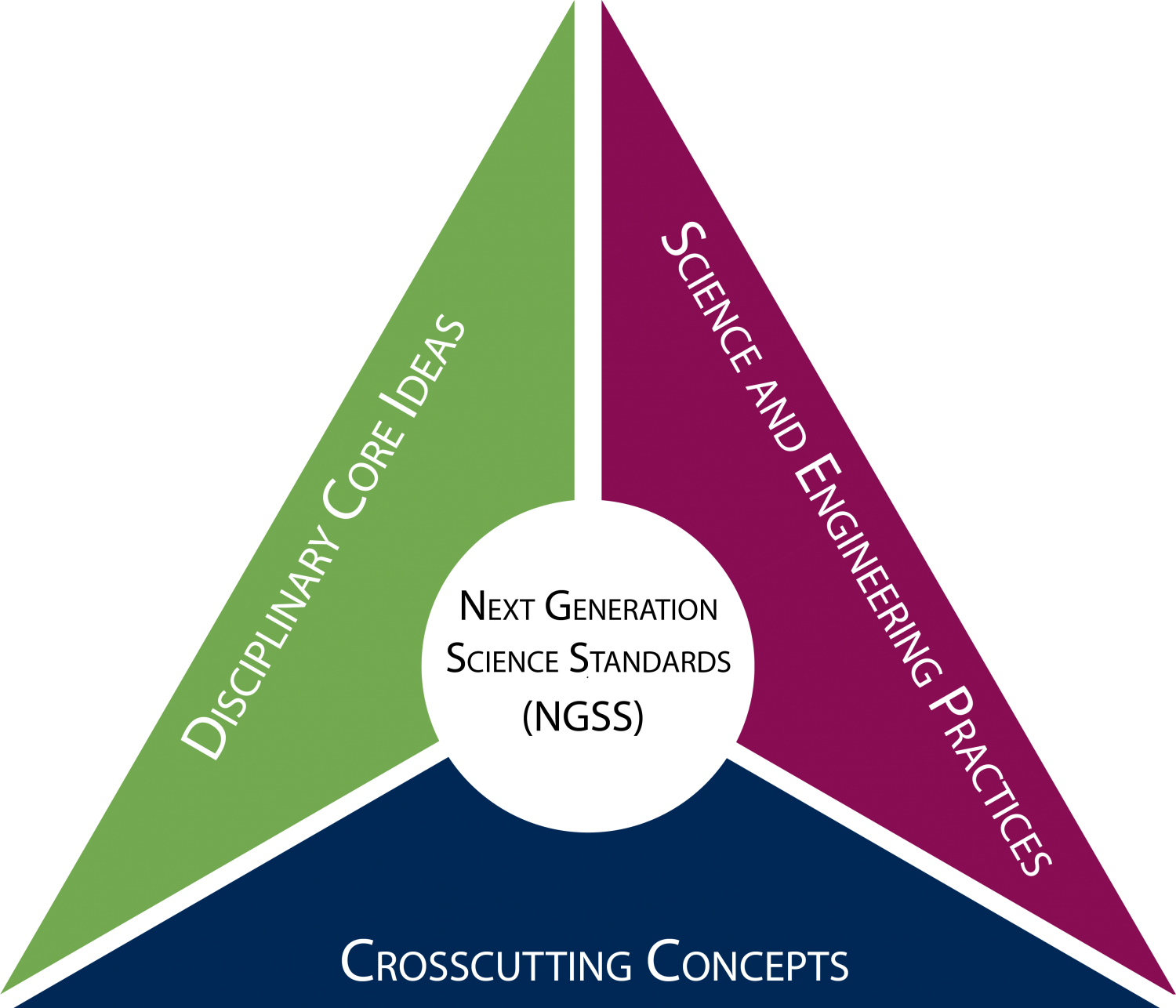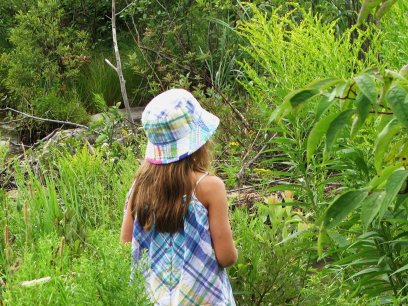
Next Generation Science Standards: The Environment as a Laboratory for Developing Skills in Science and Engineering Practices
Science, technology, engineering, and math (STEM) education has increasingly gained a place among the most pressing education issues that our nation faces. In 2013, science education leaders across the country came together to develop and publish the Next Generation Science Standards (NGSS). These learning standards emphasize the development of skills students will need in order to contribute solutions to 21st century challenges, including those concerning sustainability and the environment. More than just a list of standards, the NGSS are also a way of facilitating three-dimensional learning. Research shows that effective STEM learning requires moving beyond just hands-on, inquiry-based activities to integrating different dimensions of learning into a comprehensive experience. There are three dimensions outlined in the Next Generation Science Standards (NGSS): focusing on disciplinary core ideas, developing science and engineering practices, and unifying or cross-cutting concepts.

That’s why NGSS is one cornerstone, and three-dimensional instruction one of four instructional approaches, NEEF incorporated into our Greening STEM model.
Within the NGSS are a set of skills known as Science and Engineering Practices (SEPs), practices that guide how scientific investigations are conducted. Opportunities abound for students to learn and apply the SEPs while investigating environmental and sustainability issues in their communities. Here are just a few examples.
SEP 1: Asking Questions and Defining Problems
A class of 2nd graders visits a local nature center on a field trip. As they meander along a short, wooded trail, the students notice that moss tends to grow mainly on one side of the trees—a phenomenon to explore and understand. When they return to class the next day, students develop a question that they will investigate: why does moss grow mainly on the north side of the trees?
SEP 2: Planning and Carrying Out Investigations
A group of students in the lunchroom debate whether a paper lunch bag should be thrown into the trashcan or the compost bin. Some argue it will take too long to decompose, and others feel the paper will break down quickly along with the food scraps. Back in class after lunch, the students design an investigation to determine how long a paper lunch bag takes to decompose.
SEP 3: Analyzing and Interpreting Data
Students monitored the water quality in a stream on their school’s campus once a month for the past six months. As the weather warms, they notice dissolved oxygen levels decreasing each month. Concerned for the organisms that depend on the dissolved oxygen in the stream water, the students analyze trends in their data to determine a cause for the decrease.
SEP 4: Developing and Using Models
Students in a high school gardening club decide they would like to construct a greenhouse to lengthen the growing season. First, they develop a diagram of the proposed greenhouse—including a proposed location, dimensions, building materials, a water source, and plants to be included. They then share the model with their club sponsor as the students make a case for their project.
SEP 5: Constructing Explanations and Designing Solutions
During recess, fourth grade students complain that one area of the playground remains soggy long after it rains. They are learning about plants, and one student remembers aloud that plants need lots of water to grow. The students work with their teacher and a parent volunteer to design and construct a rain garden in the soggy area of the playground.
SEP 6: Engaging in Argument from Evidence
Each spring students at an elementary school participate in a citizen science project to collect data on when the maple trees in their schoolyard flower. Sam, a fifth grader, remembers that in his first-grade year the first flowers were spotted on his birthday, but this year they arrived a full week later. Sam’s teacher helps him to locate data from the past 20 years that students at the school have participated in the project. Sam spotted a trend in the data: the flowers are blooming slightly later each spring. Led by their teacher, Sam’s class engages in a discussion about the reason behind this trend.
SEP 7: Using Mathematics and Computational Thinking
Middle school students would like to install rain barrels on their school’s downspouts to collect water for their vegetable garden. They want to install enough barrels to maximize the amount of rain collected. Using the average rainfall for their town, as well as their calculations of the surface area of the school’s roof, the students are able to determine the volume of water they are likely to collect each month. They then select the size and number of barrels needed to maximize rainwater collected.
SEP 8: Obtaining, Evaluating, and Communicating Information
When learning about the power consumption of electronics, middle school students become concerned about the energy consumed by lights, computers, and other devices that are left on each evening. Students develop data tables and collect information by surveying teachers about what is turned off and what is left on each day. They then develop graphs to visually communicate the data. With help from their teacher, they schedule a meeting with the school principal and use their graphs to make the case that a great deal of energy could be conserved if the school implemented a “lights out” policy for the overnight hours.

